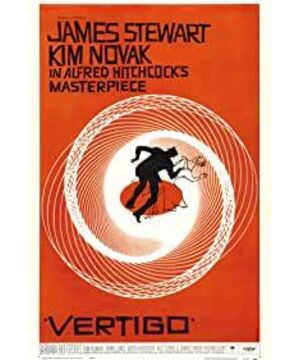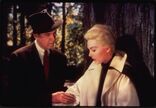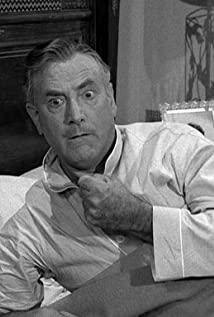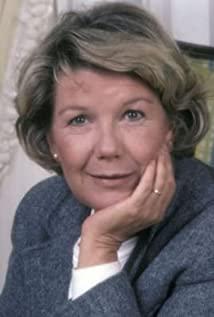This is not a romance film at all, but a psychotherapy film about acrophobia. The standpoint is detailed below:
The plot is probably that the male protagonist's work colleague had an accident, got "stressed fear of heights" and often had nightmares. He first told his ex-girlfriend and then met an old classmate. The old classmate told the former detective male protagonist his wife's recent anomalies, so he decided to let the male protagonist track and find out the truth. In the film, it seems that the male protagonist helps his old classmate's wife solve the mystery in his professional field. In fact, it does not matter what happens to the female protagonist, and this is a game designed to help the male protagonist successfully overcome his fear of heights.
The movie is actually divided into three parts. The first chapter is the background introduction of the relevant characters and the first follow-up of the male lead, and then successfully met the wife of an old classmate who jumped into the sea to go ashore (there is always a reason for knowing, that is, the male lead rescues the female lead to go ashore). The second episode is that the male protagonist and his old classmate wife relax together until the wife commits suicide by jumping off the building (the female protagonist's suicide is part of the treatment for fear of heights, designed to stimulate the male protagonist). In these two words, the male protagonist has experienced some objects in the process of tracking. These two words: flowers, inscriptions, murals, necklaces, these objects are fixed and repeated. In these two successful "Dreamland", the male protagonist is logically self-consistent from tracking to "acquaintance".
After these two words, the movie jumps to a hospital, where an old doctor is doing (psychological) treatment for the male protagonist, and the male protagonist is depressed. Therefore, I have reason to think that these two words are the psychological construction part of "psychotherapy". By designing "dreamland", the male protagonist is designed to "accompany" the female protagonist from the starting point, passing through objects (such as flowers in the first chapter in an indoor flower shop, The second episode appears on the side of the road; and the painting created by the ex-girlfriend is strikingly similar to the painting in the gallery, which is not a coincidence but a design.)
The third episode is to meet a lady who has almost the same demeanor as the old classmate's wife. The male protagonist subconsciously suspects that this lady is similar to the female protagonist of the first two episodes, so he asks the lady to change into the same clothes as the previous two episodes to prove his suspicions (old The purpose of the doctor's design of this "dream" is of course to let the male protagonist discover that the lady in the third episode is the same person as before. ——The clock tower seeks a repeat of the story) The first two times were unable to overcome the difficulty of the clock tower and finally got rid of this time (the male protagonist bravely stood on the top of the tower at the end of the film, and the male protagonist was afraid of heights and successfully healed), different from the first time the female protagonist jumped the clock tower, the second time the clock The nun on the roof unexpectedly appeared on the top of the tower. The female protagonist was frightened. The movie ended abruptly, which proved that the male protagonist could not control the ending of the "dream" at all. He could witness the death of the female protagonist, but it would never be the way to create murder by himself. Because the male protagonist is in the well-designed bureau of the old doctor (or Hitchcock, too).
Corresponding to it are: Chapter 1 (The heroine appears - the hero is guided - the acquaintance is created); Chapter 2 (The hero follows - Fall in love - Destruction of the heroine); Chapter 3 (Wake up the memory ——The male protagonist takes the initiative to lead——the dream is shattered and the fear of heights is cured). Of course, all of this is not love, but a "dream" designed by the old doctor. It can be understood that the heroine died twice in order to help the hero to treat his "fear of heights". The second time was with the help of the doctor and the ex-girlfriend of the hero (with almost identical portrait paintings in the gallery). And all of this was brought about by a female protagonist's husband who was far away, and realized with the help of the male protagonist's painter ex-girlfriend. The flowers, tombstones, oil painting necklaces, etc. that appear are markers, which I personally understand as sand table markers in psychology. (Maybe there is a more professional description instead of mine) Or the nun is an old doctor who treats the male protagonist's fear of heights, and ending the audience's "dream" also ends the male protagonist's "dream".
The most impeccable thing about this film is that it is not only a high-quality psychological or dream-themed film, but also a romance film, and even achieves the effect of "middle game, film within film". Those who don't understand psychology should watch thrillers and romance movies. If they understand a little, they can reach another realm. Of course, everyone understands it differently.
View more about Vertigo reviews











